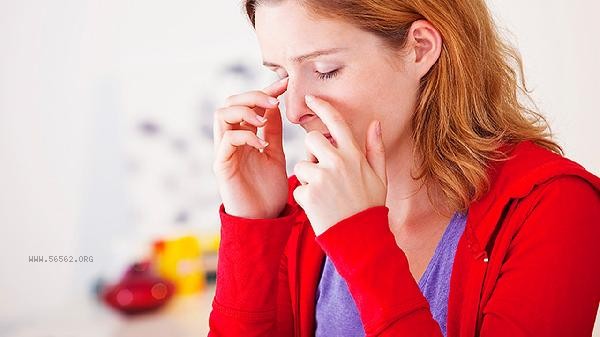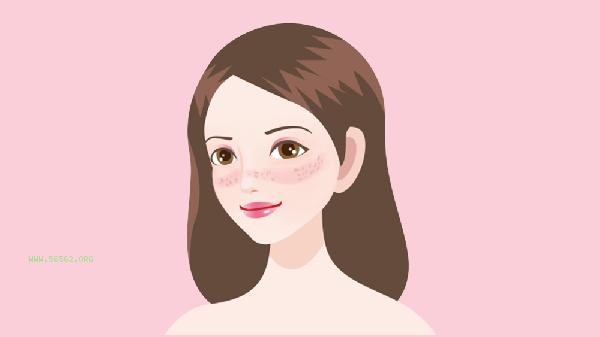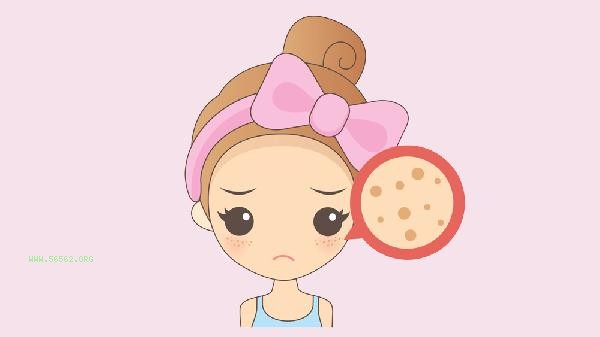Cleanliness OCD can be intervened through cognitive-behavioral therapy, exposure and response prevention therapy, medication therapy, mindfulness training, family support, and other methods. Cleanliness obsession is usually related to genetic factors, neurobiochemical abnormalities, psychological trauma, personality traits, environmental stress, and other factors.

1. Cognitive Behavioral Therapy
Cognitive behavioral therapy is a core method for treating cleanliness obsession and obsessive-compulsive disorder, which helps establish more rational thinking patterns by identifying and correcting patients' catastrophic cognition of pollution. Therapists will guide patients to distinguish between real risks and subjective anxiety, gradually reducing compulsive behaviors such as repeated cleaning and disinfection. This therapy needs to be repeated with homework and usually requires multiple treatments to take effect.
2. Exposure and Response Prevention
Exposure and response prevention requires patients to actively come into contact with items or environments that trigger anxiety, while inhibiting cleaning behavior. For example, delaying hand washing time after touching the door handle, gradually increasing from a few minutes to several hours. This method can help the brain re evaluate the level of threat, but it may exacerbate anxiety in the early stages. It is recommended to implement it in stages under professional guidance.
3. Drug therapy
Antidepressants such as fluoxetine hydrochloride, sertraline hydrochloride, and paroxetine hydrochloride can regulate the balance of neurotransmitters in the brain, alleviate compulsive thinking and repetitive behavior. The medication takes a long time to take effect and may cause side effects such as nausea and insomnia. It is necessary to strictly follow the doctor's advice to adjust the dosage. Severe patients may consider using synergists such as aripiprazole in combination.

4. Mindfulness Training
Mindfulness training uses practices such as breathing meditation and body scanning to help patients become aware of their current anxiety and avoid immediate cleaning actions. This method can enhance tolerance to discomfort and break the automated link between compulsive thinking and behavior. Daily practice can help reduce overall anxiety levels.
5. Family Support
Family members should avoid criticizing or substituting for cleaning behaviors and encourage patients to face fear with a calm attitude. We can jointly develop a progressive exposure plan, record symptom changes, and provide timely feedback to the therapist. Maintaining a regular schedule and moderate exercise can also help improve overall psychological well-being.

Patients with cleanliness obsession and obsessive-compulsive disorder should avoid excessive use of alcohol and other disinfectants in their daily lives, gradually returning to contact with normal environmental microorganisms. Eating foods rich in tryptophan, such as bananas and oats, can help stabilize emotions. Maintaining moderate social activity can help shift excessive focus from cleanliness issues, but it is important to avoid imposing cleanliness standards on others. When the symptoms continue to worsen, timely follow-up visits should be made to adjust the treatment plan.







Comments (0)
Leave a Comment
No comments yet
Be the first to share your thoughts!